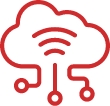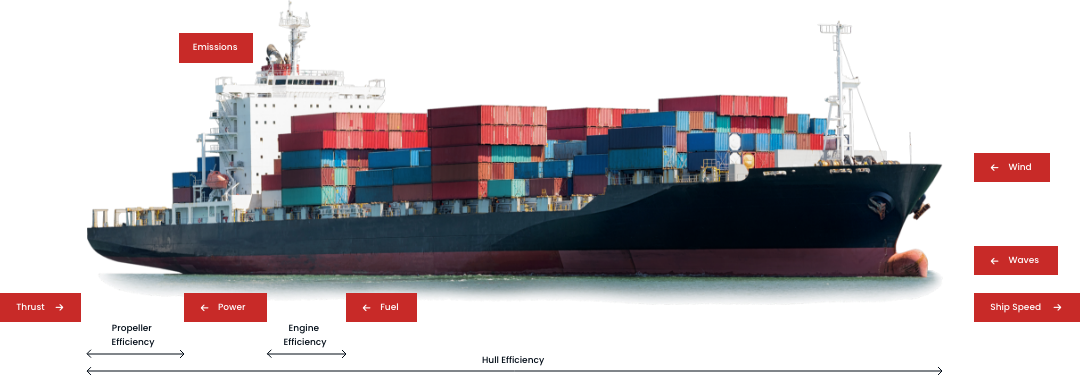Understanding
The basics■
As the shipping industry faces increasing pressure from stricter environmental regulations, rising fuel costs, and growing legal obligations, we at VAF Instruments recognize that fuel efficiency is not just an economic necessity, but also a legal and moral responsibility towards sustainability. By staying ahead of the latest market trends, regulations, and compliance requirements, we have developed innovative solutions that meet the evolving needs of today’s shipping companies.
How it works■
Our approach focuses on three core areas: advanced measurement tools, accurate data collection, and smart data analysis. With these integrated solutions, VAF enables real-time data gathering through high-quality sensors, which is then carefully managed and interpreted. This gives shipping companies the insights they need to make informed decisions, cut fuel costs, comply with regulations, and significantly reduce their environmental impact.

Data Reporting & interpretation
Data reporting and interpretation provide critical insights into ship performance by transforming raw data into actionable information. Accurate reporting allows shipping companies to track key metrics like fuel consumption and emissions, while data interpretation helps identify trends and areas for optimization. This process supports informed decision-making, ensuring compliance with regulations and enhancing operational efficiency.

Data collection and management
Data collection and management involve systematically gathering and organizing information from various sources on board vessels. By employing advanced sensors and monitoring technologies, shipping companies can ensure real-time access to vital operational data.

Advanced measurement tools
Advanced measurement tools are crucial for accurately monitoring key performance indicators in the shipping industry, such as fuel consumption, speed, and emissions. Our solution can be categorized into four tiers, ranging from general insights to very detailed analyses of fuel consumption and propulsion efficiency.
Our experts are
standing by■
We are ready to assist with any maritime measurement challenges. Contact us for expert advice and solutions tailored to your needs.
Brian Wolst | Technical Support Engineer



